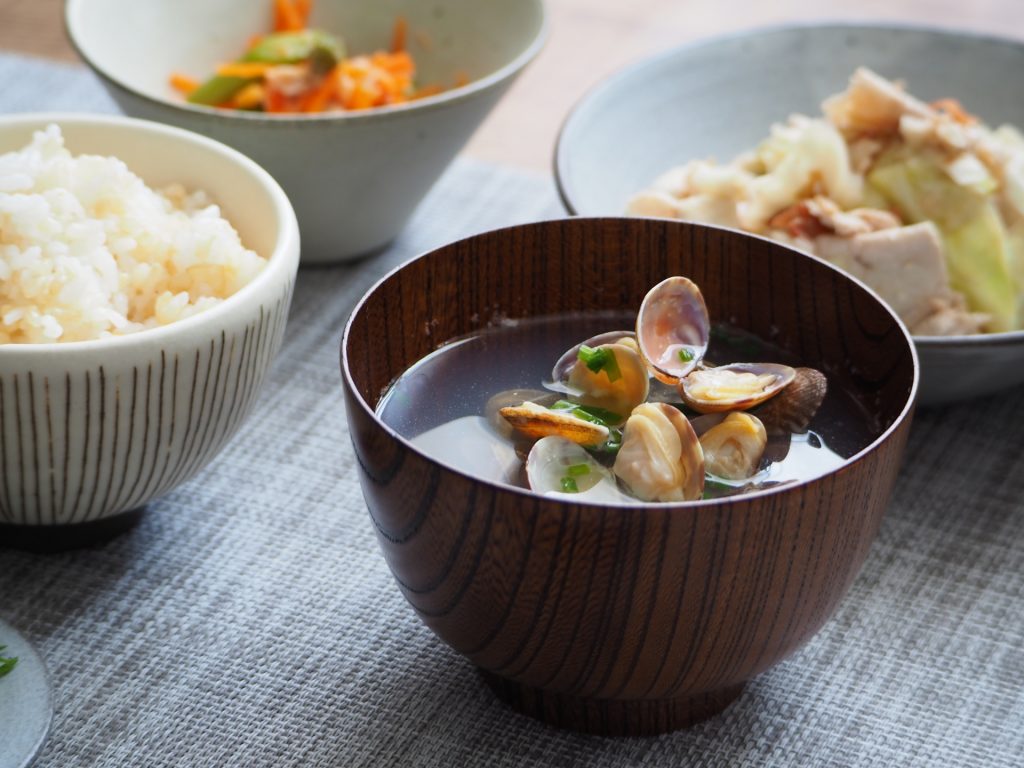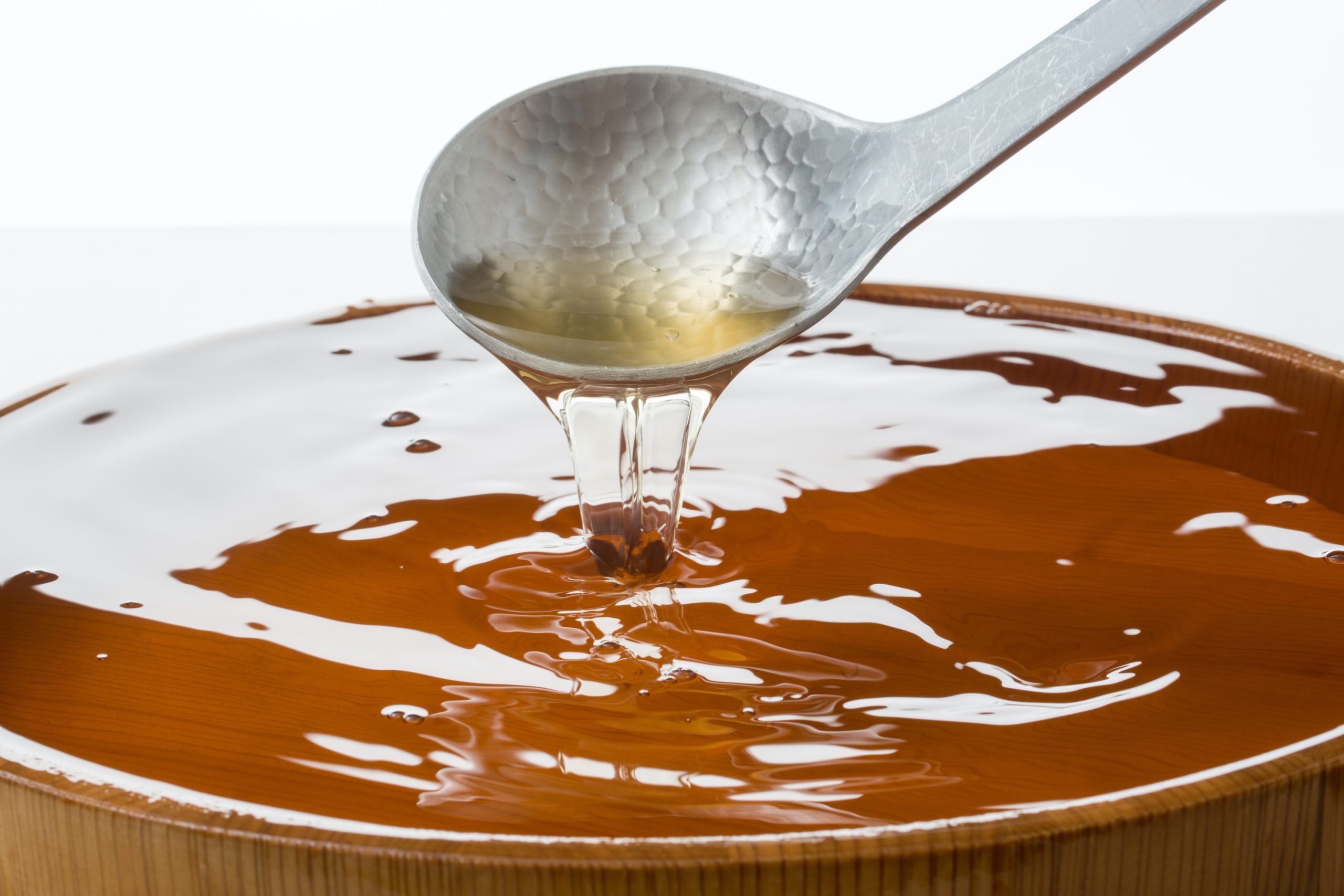Why You Need to Know About Mirin
If you love Japanese cuisine, you’ve likely tasted mirin without even realizing it. That glossy, slightly sweet glaze on teriyaki chicken? That’s mirin at work.
As one of the foundational seasonings in Japanese cooking, mirin brings balance, depth, and a subtle sweetness to countless dishes. Understanding mirin isn’t just about flavor—it’s a gateway to appreciating the art of Washoku (traditional Japanese cuisine).
In this article, we will tell you what mirin is, how to make it, how to use it, and health information.
What Is Mirin?
Mirin (みりん) is a traditional Japanese seasoning made from glutinous rice, rice malt (koji), and shochu(distilled spirits). It is a type of sweet rice wine, but it differs from sake in both taste and usage. Unlike sugar, mirin adds a deep umami flavor as well as sweetness, enhancing the harmony of the overall flavor of the dish.
There are three main types of mirin you’ll find in the market, but only one is considered authentic:
- Hon Mirin (本みりん): There are two types of Hon mirin: The traditional or insustrial. Traditional Hon Mirin contains about 14% alcohol and is made through a natural fermentation process that can take several months to a year.
- Mirin-style Seasoning: Often labeled simply as “mirin” outside Japan, this product contains little to no alcohol and often includes added sugars and preservatives. It is not a fermented product.
▼Learn about Koji
What Is Koji? Health Benefits, Uses, and Role in Japanese Cuisine
▼Learn about Sake
Sake101: Can sake go bad?Taste, Kinds, & More
Hon Mirin: Traditional vs. Industrial
Hon mirin (literally “true mirin”) can be made in two distinct ways:
Traditional Hon Mirin:
- Made using time-honored methods
- Fermented for 40 to 90 days, sometimes up to a year
- Ingredients: glutinous rice, koji, and authentic shochu
- Deep, rich flavor with complex sweetness and umami
Industrial Hon Mirin:
- Mass-produced to meet modern demand
- Often includes added sugars or enzymes to speed up production
- Shorter fermentation
- Lacks the depth of flavor found in traditional methods
For an authentic Washoku experience, choosing traditionally brewed hon mirin is key.
How Mirin Is Made
Traditional Hon mirin is crafted through a careful fermentation process:
- Steamed glutinous rice is mixed with koji and shochu.
- This process is left to ferment and mature for months.
The result? A golden, liquid with sweet aroma and deep umami flavor.
How to Use Mirin in Japanese Cooking

Mirin is essential in Washoku. It balances saltiness, reduces harsh smells in fish, and gives sauces a glossy finish. Some of the most common uses include:
- Teriyaki Sauce: Soy sauce + mirin + sugar = magic.
- Simmered Dishes (Nimono): Adds sweetness and shine.
- Tsukemono (Pickles): Gives gentle depth to marinades.
- Tamago-yaki (Japanese Omelet): Enhances sweetness and aroma.
Pro tip: When cooking, the alcohol in mirin mostly evaporates, leaving behind flavor and sweetness.
Mirin Alternatives: What to Use If You Can’t Find It
If you can’t find real mirin, here are some substitutes:
- Sake + Sugar: It’s best to use a sweeter sake, but it won’t have the deep flavor of mirin.
- White Wine + Sugar: A Western alternative, though less umami.
Avoid commercial “mirin-style” seasonings if you want authentic flavor.
Is Mirin Alcohol? Is It Healthy?
Yes, real hon mirin contains about 14% alcohol, though most of it burns off during cooking. It is naturally sweet due to fermentation—not refined sugar. Unlike synthetic sweeteners, mirin offers:
- Lower glycemic index
However, just because it is good for your health, eating too much of it can lead to consuming too much sugar.
Note: Non-traditional mirin-style products often contain added sugar and artificial ingredients.
Where to Buy Real Mirin in the U.S.
Finding real hon mirin can be tricky, but not impossible:
- Whole Foods: There is machine made mirin.
- Asian Markets: Check labels for “hon mirin” or ingredients (avoid corn syrup)
- Online Retailers: Look for imported Japanese products or U.S.-made craft brands
Pro tip: If the label says “mirin-style” or contains corn syrup, it’s not the real thing.
Why Real Mirin Matters: Taste, Tradition, and Culture

Using real mirin connects you with centuries of Japanese culinary tradition. It’s not just about taste—it’s about respecting the ingredients, methods, and spirit of Washoku.
Industrial shortcuts may be convenient, but they can’t replicate the rich complexity of authentic mirin.
Explore Washoku Through Mirin
Mirin may seem like a simple seasoning, but it carries deep cultural and culinary significance. From its traditional craftsmanship to its versatile role in the kitchen, mirin is a must-know for anyone serious about Japanese food.
Want to dive deeper into the world of Japanese Fermented Foods? Sign up for our newsletter to receive authentic recipes, cooking tips, and exclusive invitations to our Japanese Fermentation Cooking Study Abroad and Classes in Japan.
Whether you’re a home cook or culinary professional, there’s always more to explore with real Japanese flavor.
” 耀 Hikari ” – gastronomy
▼HP

No responses yet